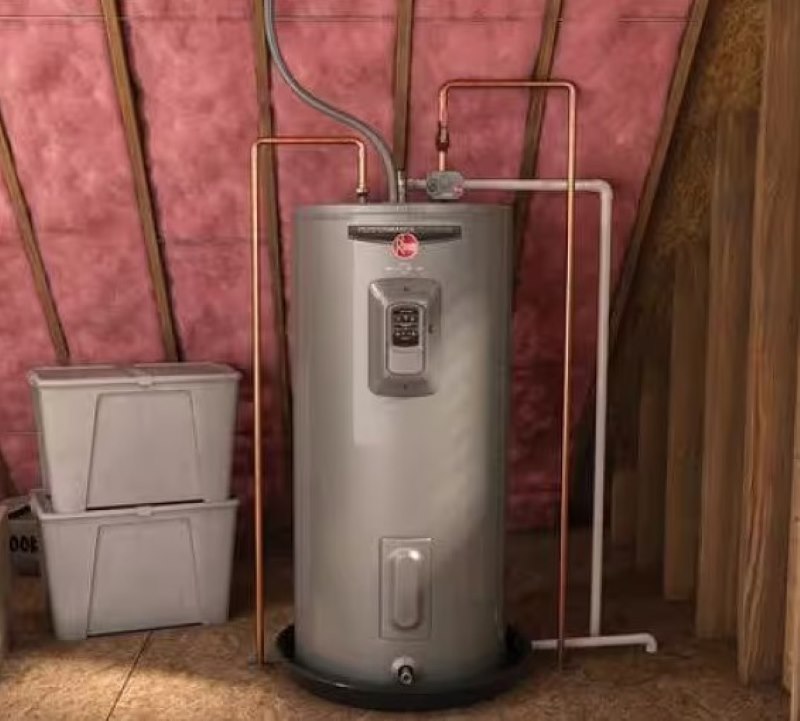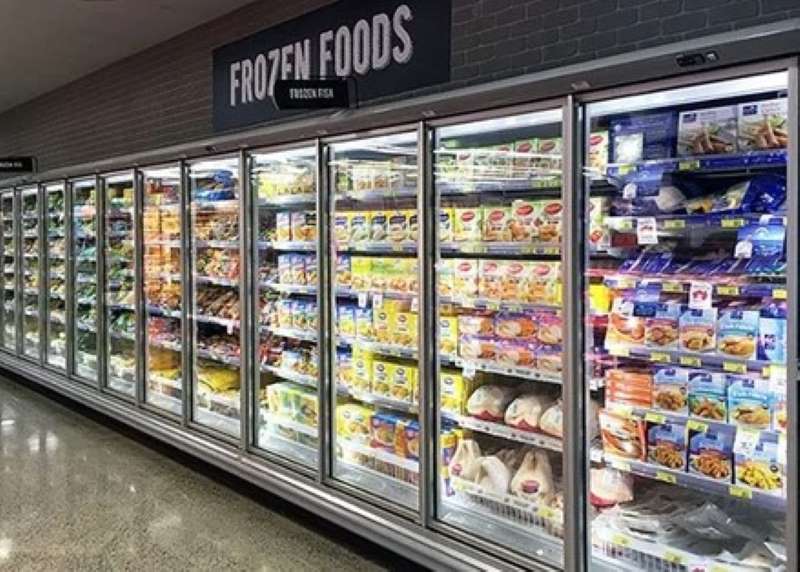
Thermodynamics is a fundamental branch of physics that governs the relationships between heat and various forms of energy. Its principles are evident in a multitude of everyday situations, influencing both the way we interact with our environment and the functionality of numerous technologies we often take for granted.
The First Law of Thermodynamics

The first law of thermodynamics, also known as the law of conservation of energy, asserts that energy cannot be created or destroyed, only transformed from one form to another. This principle manifests in numerous daily activities and technologies. For instance, when heating water in a bathtub, the heat from the water transfers to the body's cooler surface until thermal equilibrium is reached, illustrating energy transfer between two systems[7]. This process is also evident in metabolism; when we consume food, our bodies convert the chemical energy stored in macronutrients into kinetic and thermal energy necessary for movement and maintaining body temperature[3].
Practical Examples
Melting Ice Cubes: When an ice cube is left out, it absorbs heat from the surrounding air, leading to its melting. This demonstration shows heat transfer, where heat is drawn from the warmer air into the colder ice[7].
Heating Systems: A typical home heating system utilizes electrical energy to produce heat. When the heater is activated, electrical energy passes through a heating coil, converting into heat energy, which in turn raises the temperature of the water flowing through it[7].

title: 'home water heater' and caption: 'a water heater in a attic'
These examples illustrate how the first law governs energy transformations in everyday scenarios and technological applications.
Refrigeration and Cooling Systems

The principles of thermodynamics also underpin refrigeration technology. In a refrigerator, heat is removed from the internal environment to create a cooler space for food storage. This system employs a refrigerant that absorbs heat from the compartment and releases it outside, using energy from an external source (like electricity) to operate the compressor that facilitates this heat transfer. Thus, although the refrigerator removes heat from the cool interior, it does so by expending energy to transfer it elsewhere, consistent with the first law of thermodynamics[5][7].
Moreover, air conditioning units function similarly, maintaining comfortable indoor temperatures by extracting heat from the air and dispersing it outside. The back of an air conditioner gets warm because it is redistributing the heat it removes from inside the space it cools[5].
Cooking and Thermal Dynamics

Cooking is another domain where thermodynamics plays a pivotal role. Common practices, such as boiling vegetables, rely on consistent temperatures to achieve reliable cooking outcomes. As stated, water boils at approximately 100°C under standard atmospheric conditions, and precise temperature control is crucial for replicable results in cooking[6]. For instance, boiling water ensures that vegetables reach a particular texture and flavor, leveraging the thermal properties of water to provide consistent heat transfer.
Additionally, the process of heat transfer in cooking foods like potatoes demonstrates the importance of thermal conductivity. When a potato is submerged in boiling water, heat flows into the potato, causing its starch granules to gelatinize at around 60°C. This phenomenon is essential for changing the texture of the potato, highlighting how thermodynamic principles govern not just energy transformation but also the chemical properties of food[6].
The Concept of Temperature and Equilibrium

The zeroth law of thermodynamics further explains how temperature scales are defined and applied in everyday life. It establishes that if two objects are in thermal contact with a third object, they are in thermal equilibrium with each other. This is fundamental for temperature measurements, as seen in common thermometers and HVAC systems, ensuring comfortable indoor environments by comparing internal temperatures to setpoints[4].
Moreover, in the culinary world, achieving thermal equilibrium is vital for food safety and proper cooking. For instance, the Zeroth Law ensures that all parts of a dish reach the desired temperature, which is critical for both safety in eliminating harmful microorganisms and achieving the intended taste and texture[4].
Thermodynamics in Energy Consumption and Efficiency

Thermodynamic principles also influence design and efficiency in various technologies. In electric power plants, heat engines convert thermal energy from fuels into electrical energy, demonstrating the first law through the transformation of energy forms. This process is inherently inefficient due to entropy, as some energy is always lost as heat; however, improved designs have enhanced efficiency significantly over time[3][7].
From the engines in our vehicles to the heating systems in our homes, thermodynamic principles guide the design and operation of machines, ensuring we maximize efficiency while minimizing wasted energy. For instance, understanding friction and heat loss is crucial for engineers when designing efficient heat engines and heating systems, as these factors determine overall performance[1].
Conclusion
In summary, thermodynamics profoundly influences our daily lives through its laws governing energy transfer and transformation. From simple actions like melting ice to complex systems like refrigeration and cooking, the principles of thermodynamics are not only foundational to understanding natural phenomena but also crucial for the effective functioning of numerous technologies we rely upon every day.
Get more accurate answers with Super Pandi, upload files, personalized discovery feed, save searches and contribute to the PandiPedia.
Let's look at alternatives:
- Modify the query.
- Start a new thread.
- Remove sources (if manually added).